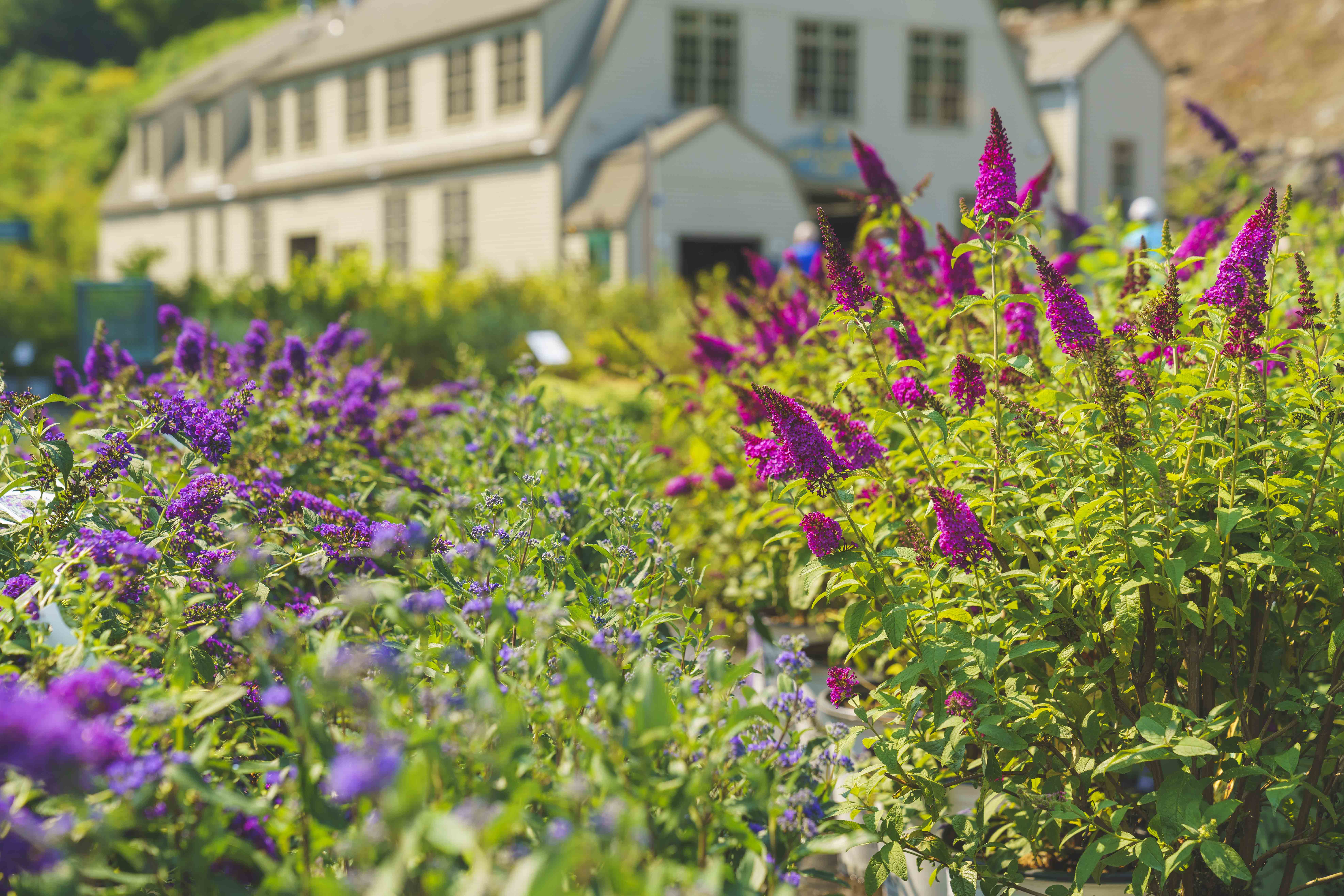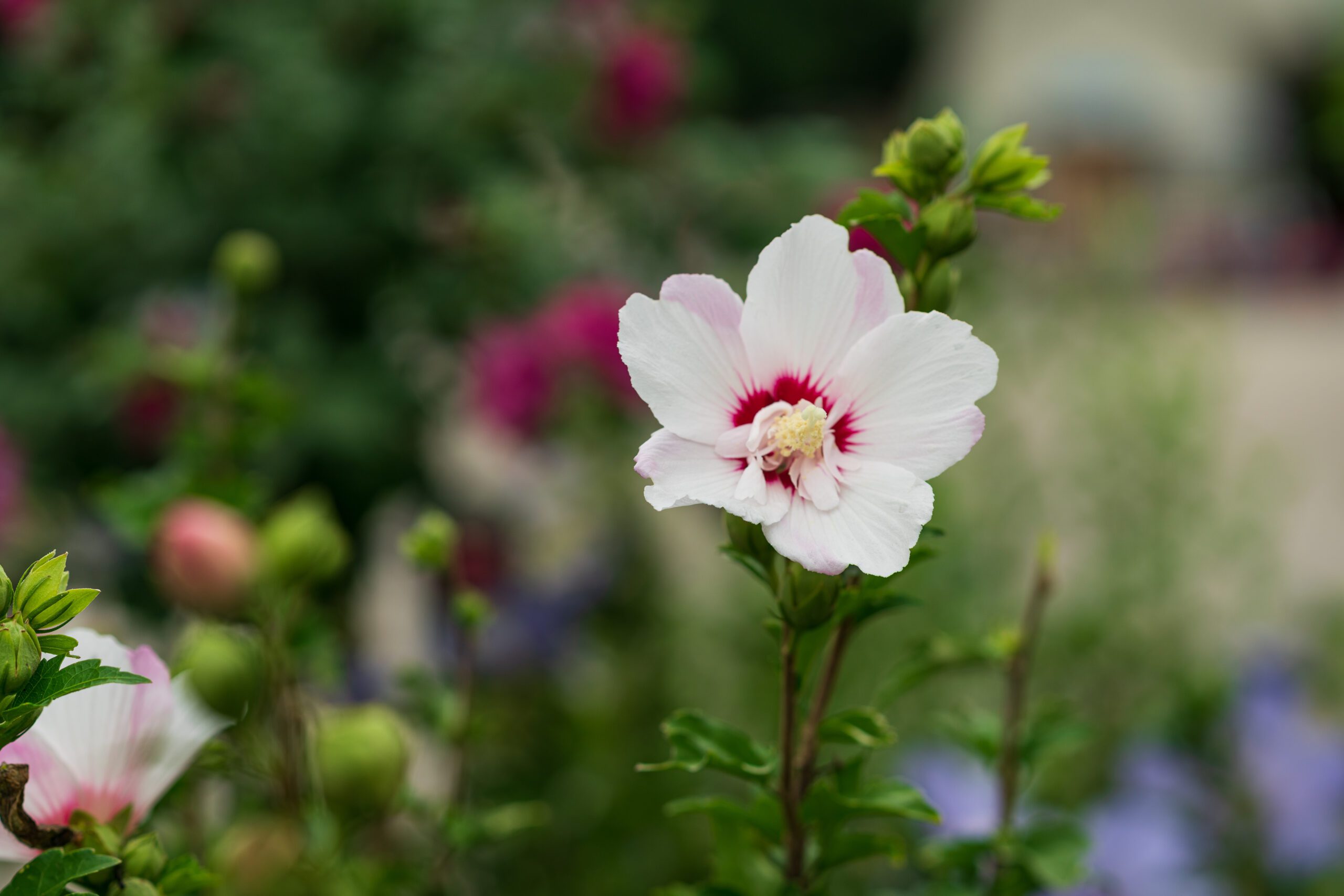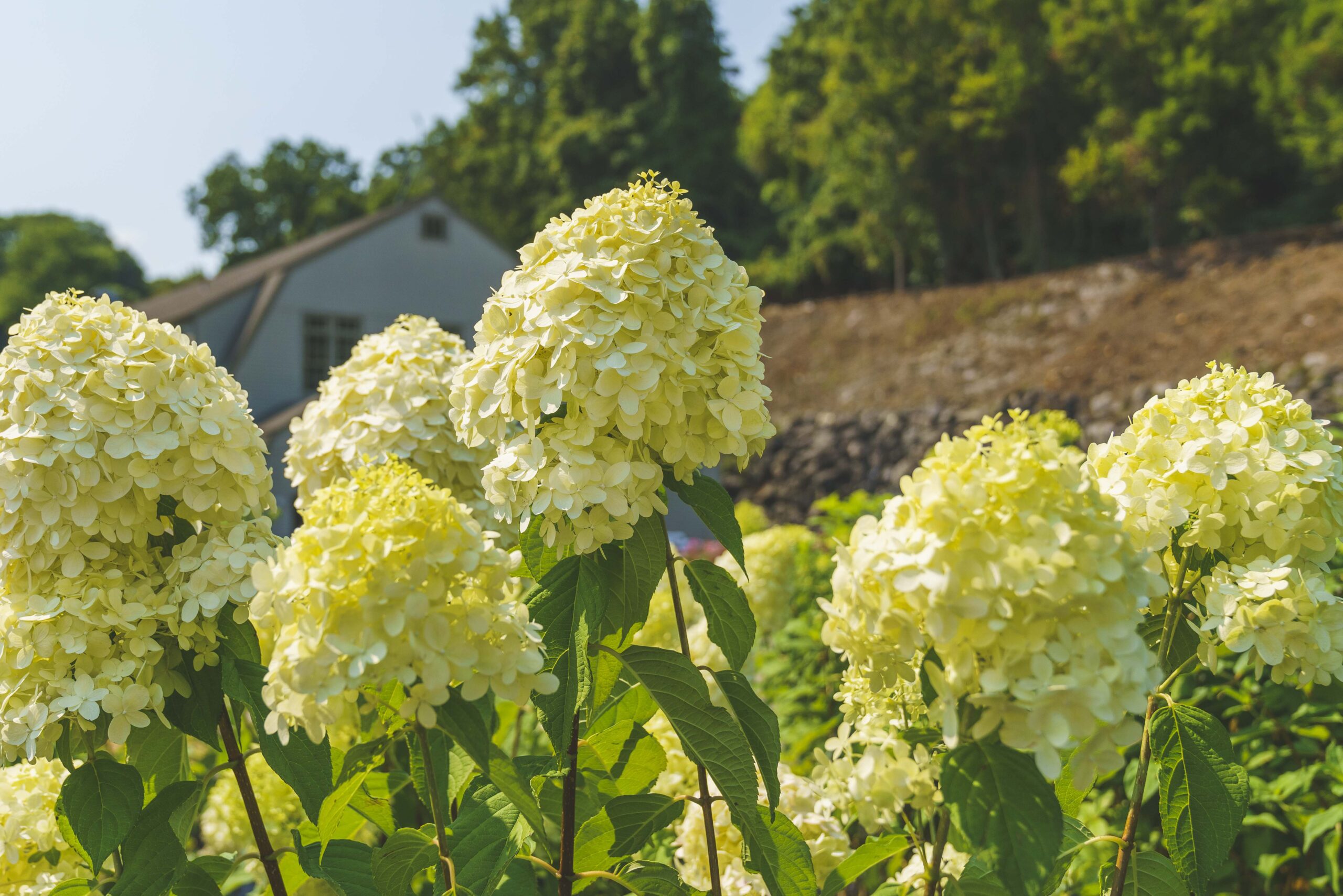April 14, 2023
Nine Shrubs to Prune in April
“Is this a good time to prune my…?” The question of when to prune is one we often hear. The confusion is understandable since some shrubs are best pruned in spring, others in summer, and still others prefer to be shorn in the fall.
Late winter or very early spring is the best time to prune shrubs that flower on “new wood” — the growth that forms in spring. Late March to mid-April is ideal. These shrubs form their flower buds in the spring and early summer, and bloom in the summer and into the fall.
Here are our favorite new wood bloomers who would love (and reward you handsomely) for a fresh spring haircut right now:
Butterfly Bush
Buddleia davidii
As you may have guessed from the name, these are pollinator favorites that offer lovely fragrant blooms late in the summer. To keep this shrub a manageable size, don’t be shy about pruning it to a height of 12-18 inches. Fortunately its branches are slender and easy to prune with hand-held pruners.

Buddleia
Bluebeard
Caryopteris spp.
These late summer bloomers will be covered in delicate looking blue flowers that draw butterflies, bees, beneficial insects, not to mention admiring comments from your neighbors. Like Buddleia, its branches are easy to cut and should be taken back to 12-18 inches. While this early spring pruning seems drastic, the plant will quickly flush new growth.
Rose of Sharon
Hibiscus syriacus
Rose of Sharon is valued for its late summer blooms that cover the shrub from top to bottom. However, if left unpruned, it will develop sturdy, but bare, upward growing branches and the flowers will be above eye level. An early spring pruning each year will keep the flowers where you can most enjoy them.

Hibiscus
Panicle Hydrangea (Limelight, Quick Fire, Bobo, Strawberry Sundae, etc.)
Hydrangea paniculata
These showstoppers have cone-shaped flowers that initially appear in white and cream tones before deepening to shades of pink and red. Once they reach maturity, this type of Hydrangea can be pruned to almost any height.

Panicle Hydrangea
St. John’s Wort
Hypericum perforatum
St. John’s Wart has been known for its medicinal benefits for hundreds of years. In our gardens, we love its yellow buttercup type flowers and red berries that we often use for holiday decorating. Pruning to a height of 12-18 inches and watch it rebound to a height of 3 feet!
Winterberry
Ilex verticillata
Winterberry delivers a heavy display of red berries that stay on the shrub well into winter, only falling once they sweeten enough to attract birds. You can prune this shrub easily to maintain the size you prefer.
Cinquefoil
Potentilla spp.
This collectible shrub offers a bright spot in the landscape with flowers in tones of yellow, pink, red or white. Its delicate leaves and gently spreading structure add to its appeal. Prune gently to keep it neat and tidy.
Roses
Rosa spp.
As our very own rosarian Jeannette likes to say, “when the forsythia blooms in New England, it’s time to prune your roses. Watch as Jeannette takes you through her tried and true techniques for early spring rose pruning.
Spirea
Spiraea spp.
With its brightly colored flowers, Golden elf is a steady performer and so easy to love for its easy care and longevity. Like Potentilla, it happily accepts pruning in early spring.
You might be saying what about Rhododendrons and Azaleas? And our beloved Lilac and Forsythia? Don’t worry about those just yet—leave them alone in early spring for the best results. Fear not, we’ll be sharing some information about pruning these shrubs when the time is right (Hint: after they flower!)
For pruning techniques and best practices read our Spring Pruning Basics for New England blog!
